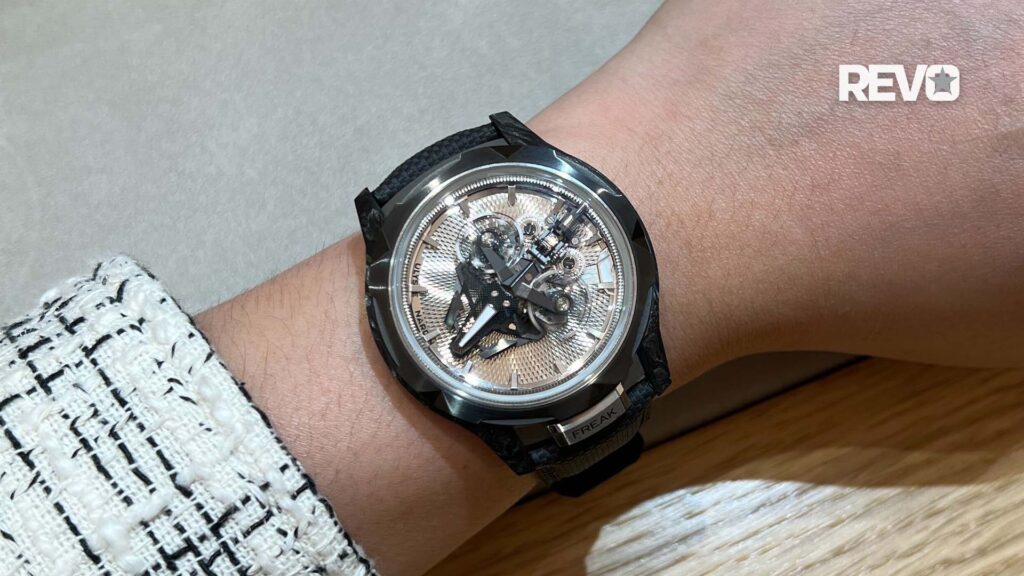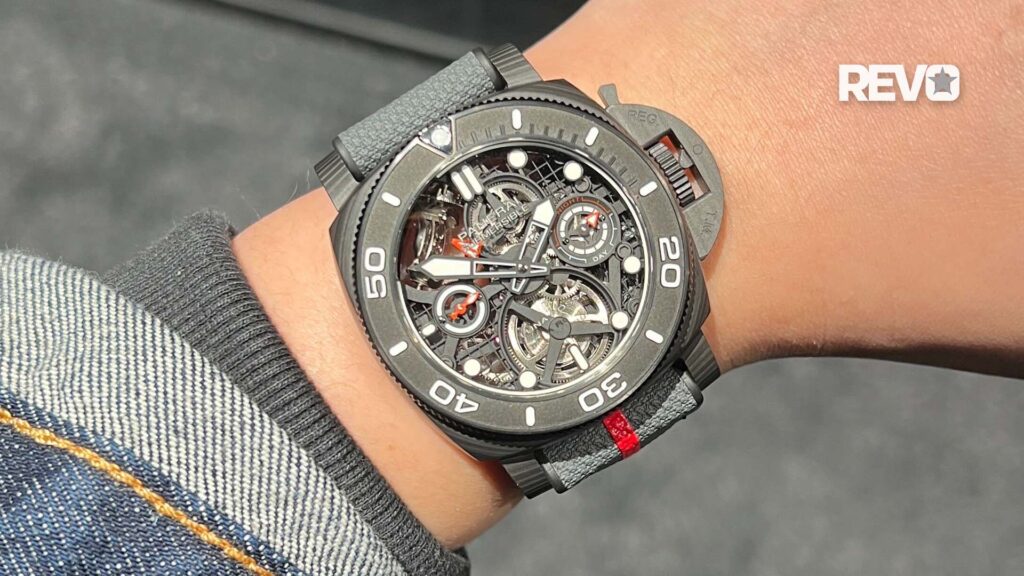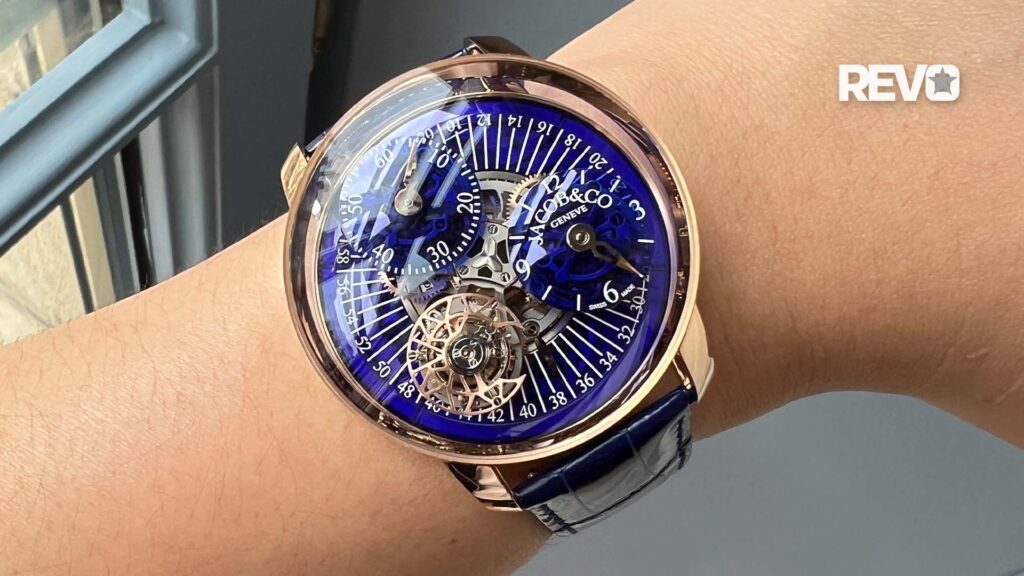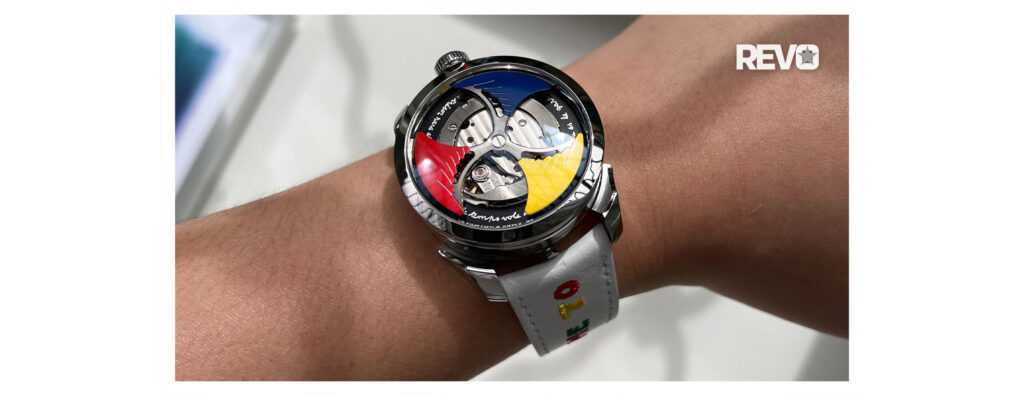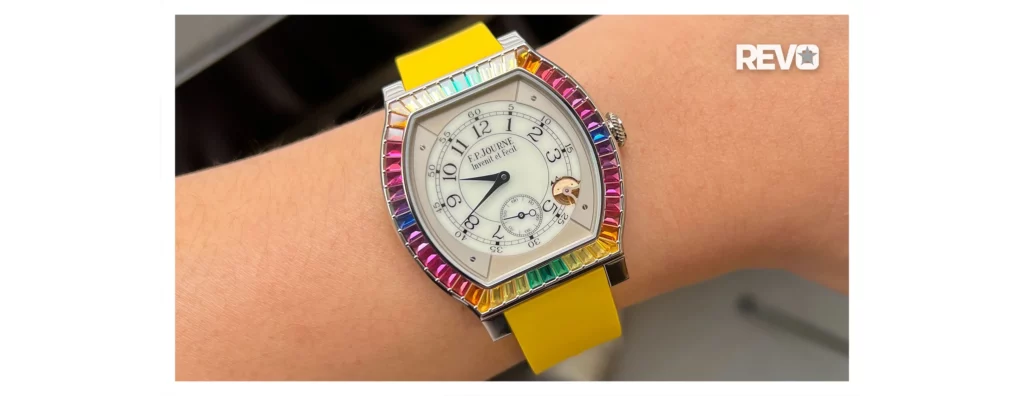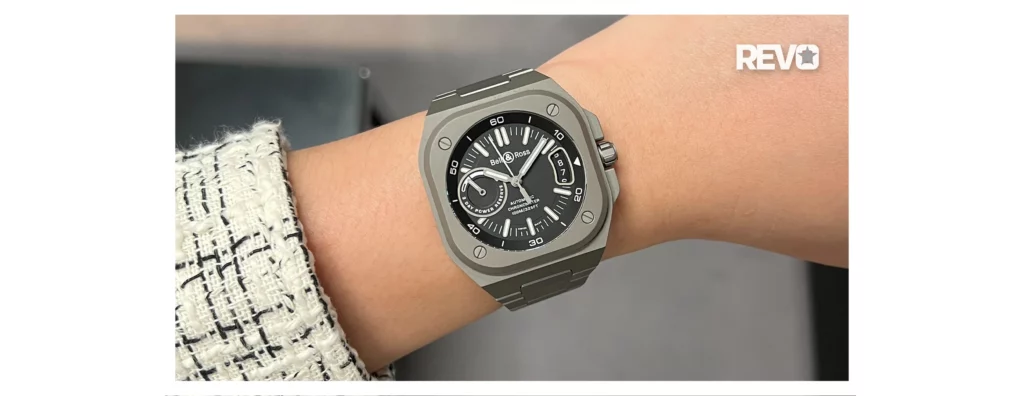Vintage
Past Times: Princess Margaret
Unlike her sister Queen Elizabeth II, who is a paradigm of propriety, Margaret – knowing she was unlikely to sit on the throne – chose from an early age to enjoy herself at all costs. Wild, roguish, loose, or even brutal behaviour was easy to hide before the late-20th century gave us uncensored gossip, phone tapping, fast news, paparazzi and other means of prying into the private lives of the royals. But all of the above meant that any mischievousness, or even licentious, conduct as a topic to discuss over the breakfast table became a post-Second World War phenomenon. And Margaret was its herald.
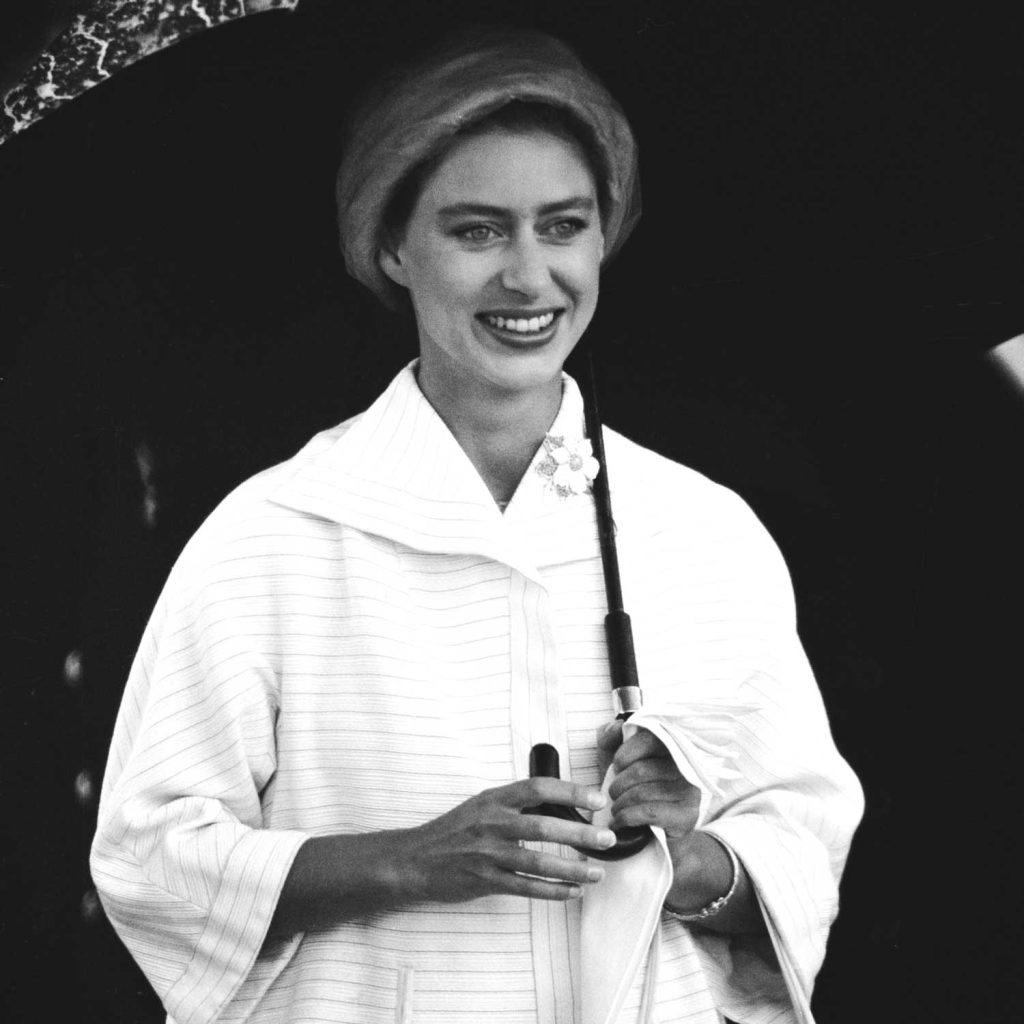
Princess Margaret in 1958
At the time her sister ascended to the throne in 1953, the Royal Family had years to go before it would heal from the effects of the abdication by her allegedly Nazi-sympathising black sheep uncle. How much it might have sped up the death of her father, King George VI at 56, is debatable, but the abdication occurred when she was only six years old and the changes it wrought on the family affected her deeply.
In between the abdication and her sister’s crowning came the Second World War, which she spent at Windsor with her family. After the war, the young Princess Margaret would experience the first of many dramas in her life: she fell in love with the married, and much older, Group Captain Peter Townsend. In 1952, her beloved father died, her sister became Queen and Townsend – by then divorced – proposed to Margaret.
As was dramatised in the Netflix series The Crown, he was deemed an unsuitable match for Margaret. Unlike now, when the divorced Charles could marry the divorced Camilla without raising more than an eyebrow, the Church of England refused to approve her marriage to a divorced man.
Married Life
With hindsight, it is possible to posit that this made her bitter and arguably started her on her path of devil-may-care hedonism. One might also suggest that she chose her love for privilege over her love for Townsend, for she could have married him, had she given up the trappings of royalty – as did her uncle for the American divorcee Mrs Simpson.
It is Margaret’s recklessness, as much as her behaviour worthy of Alice In Wonderland’s Queen of Hearts (“Off with their heads!”) that captured the public – long before we heard tales of how she treated staff, friends and commoners. While she did marry Antony Armstrong-Jones, made the Earl of Snowdon by the Queen, and delivered two surprisingly balanced children – David Armstrong-Jones, Viscount Linley and 2nd Earl of Snowdon and Lady Sarah Chatto – infidelities followed that ensured the marriage ended in divorce in 1978.
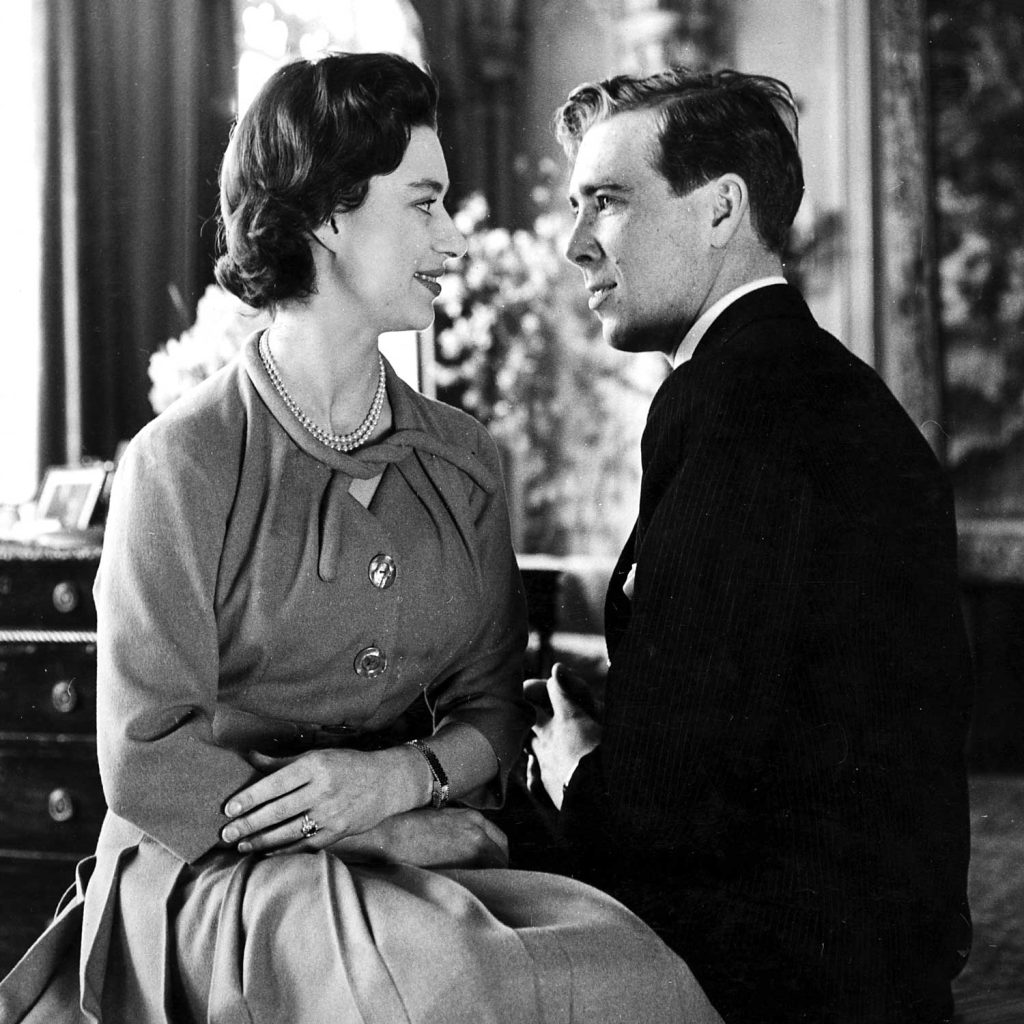
Princess Margaret and Antony Armstrong-Jones at the time of their engagement
Her love affair with the young Roddy Llewellyn (no relation to our Editor) made her a prototype cougar. Actors Peter Sellers, Keith Miller, David Niven, Warren Beatty – the tales of dalliances may have been mere rumours, but where there’s smoke, there’s fire. And Princess Margaret was a heavy smoker.
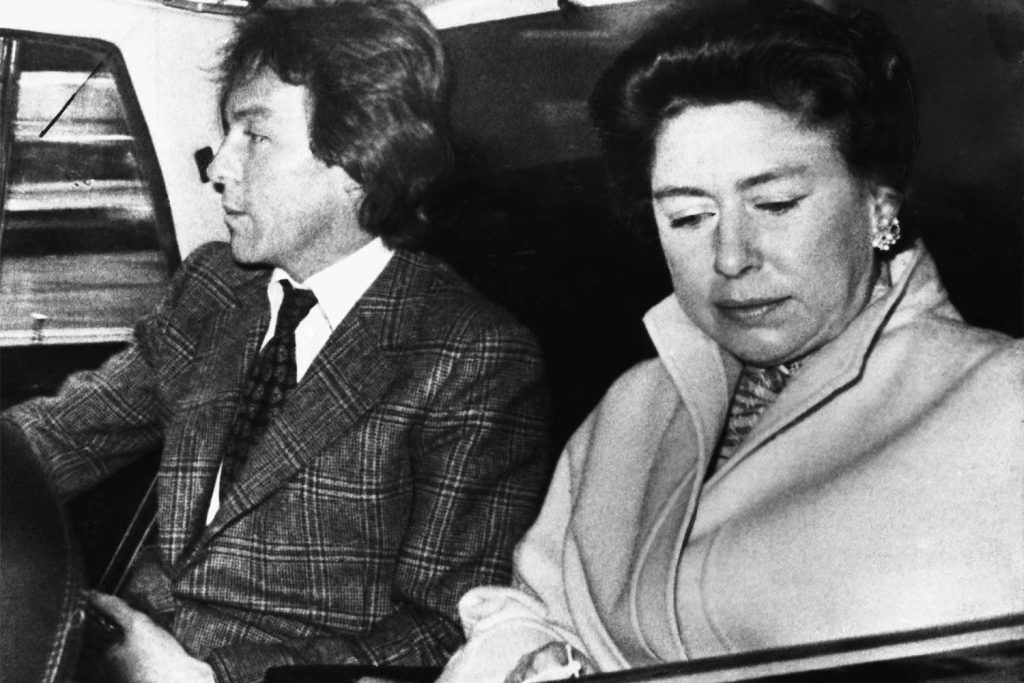
Princess Margaret and Roddy Llewellyn
History tells us she played piano and sang well, while her nephew Prince Charles recalls singing with her at the piano at family gatherings. With music one of her greatest loves, she would become a patron of the Royal Ballet and, despite her image as a lady of leisure, she undertook numerous duties befitting a royal.
In a list that would put some of today’s younger royals to shame, Margaret was President of the National Society, the Royal Scottish Society for the Prevention of Cruelty to Children and Invalid Children’s Aid Nationwide, Grand President of the St John Ambulance Brigade and Colonel-in-Chief of Queen Alexandra’s Royal Army Nursing Corps. She was also president or patron of numerous other organisations including the West Indies Olympic Association, the Girl Guides, Northern Ballet Theatre and the AIDS charity, London Lighthouse.
Royal Watch
Margaret’s love for the finer things and her status as a royal, however, ensured that she was not merely fashionable, but was also able to mix with the coolest of celebrities in the 1960s and 1970s. Photos of her remind us of the enviable, louche lifestyle of the jet-set a half-century ago, with Margaret a fixture at the chicest resorts and the most important events in the social calendar. What was then novel for a royal was being so at ease among showbiz figures. Deliciously, in light of this magazine’s main focus, a photo exists of her between Alfred Hitchcock and Paul Newman, the Patron Saint of Cool Watches.
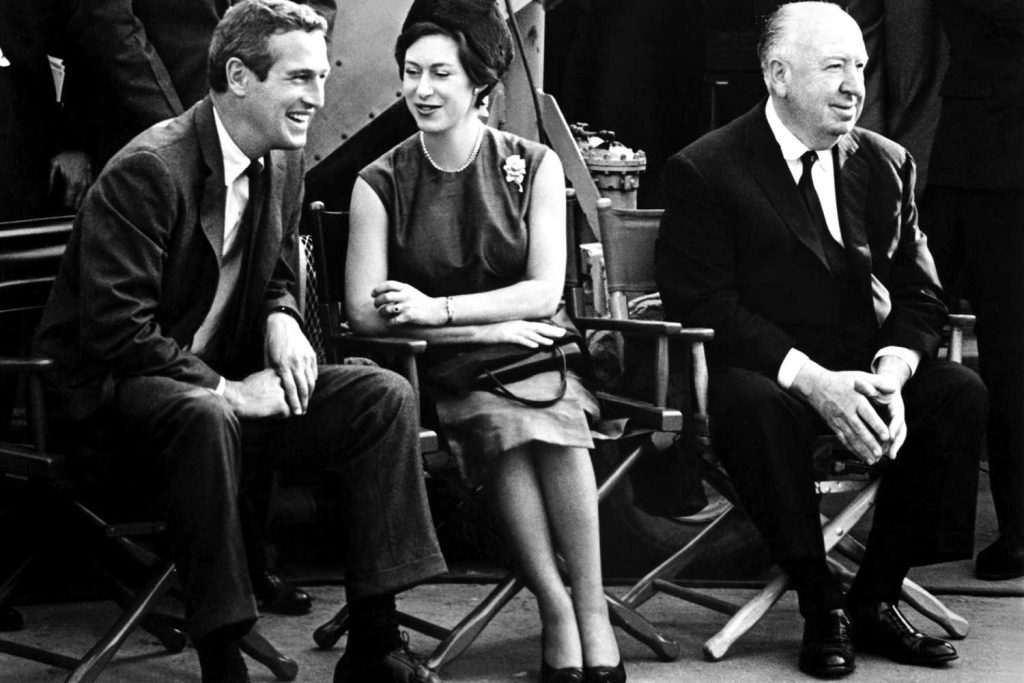
No stranger to celebrity, Princess Margaret sits flanked by Paul Newman and Alfred Hitchcock during the filming of Torn Curtain (1966)
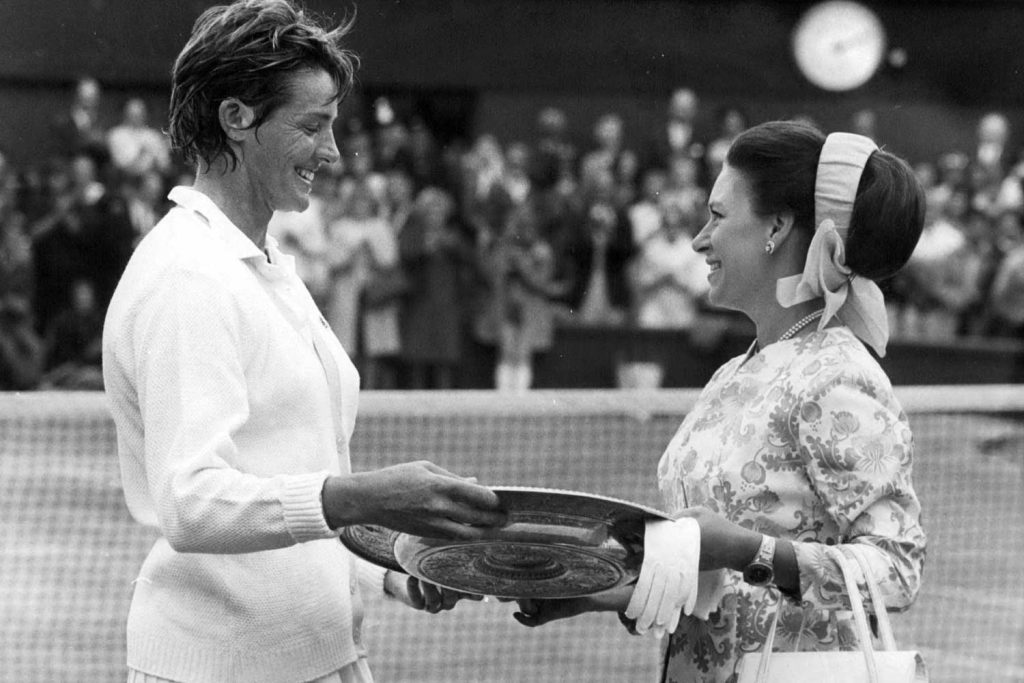
Princess Margaret, wearing an oversized men’s watch, presents Margaret Court with the Ladies’ Singles Trophy at Wimbledon in 1970
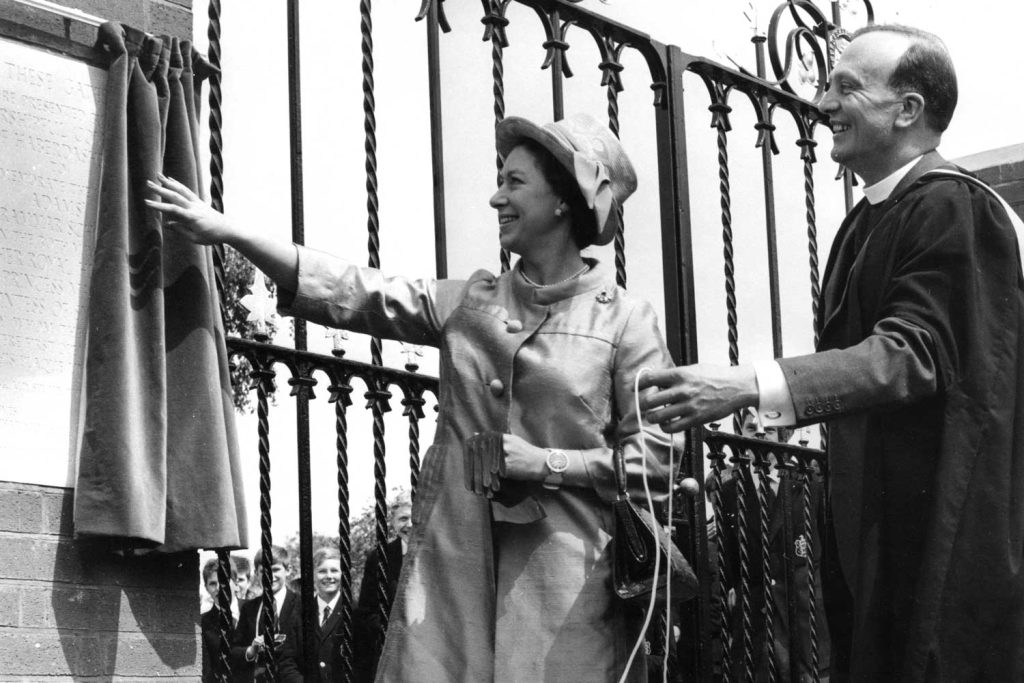
Again, wearing an oversized men’s watch, this time whilst unveiling a plaque at Adams Grammar School in Shropshire, 1968
But, despite her sometimes-outrageous behaviour, to Margaret’s credit she was the ideal sister for Queen Elizabeth, for whom her loyalty never wavered. And for that, you can overlook her wearing her tiara in the bath.




